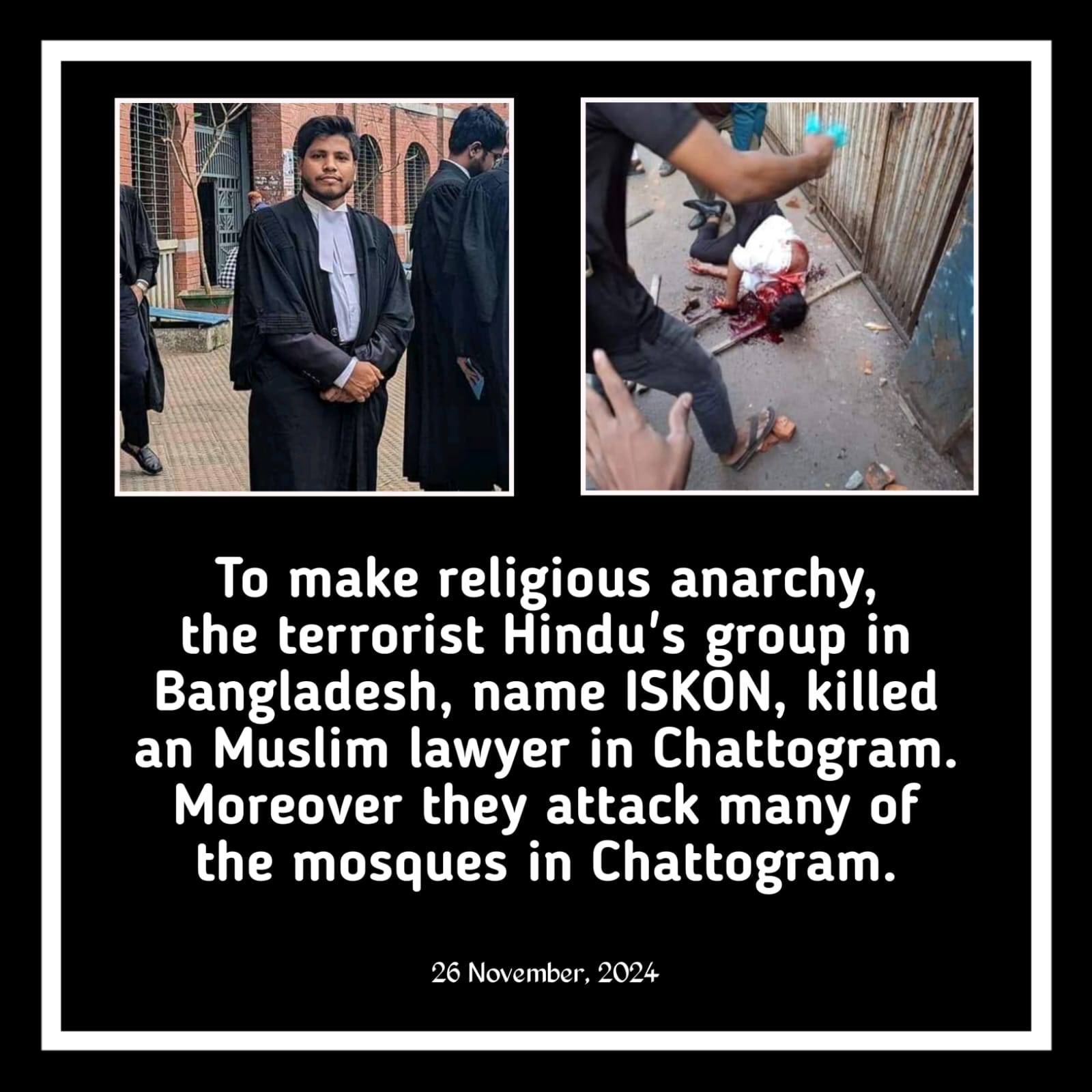Before and after the 12th National Parliamentary Election, numerous comments supporting the Awami League were posted on various media outlets and opposition parties’ Facebook pages from fake profiles.
These Facebook profiles were operated through a bot network. Research has identified a bot network consisting of 1,369 such Facebook profiles.
The research was conducted by Dismiss Lab, a project of Digitally Right, which studies the impact of technology on information systems. The research report is set to be released today, Thursday.
The study found that more than 21,000 comments were made in support of the Awami League on 197 posts from these Facebook profiles. They posted the same comment on multiple posts, and identical comments were posted from different profiles.
The number of bot accounts and their comments could be even higher, as this research was based on data from only 197 posts.
A bot network is essentially an automated system operated by special software (bots). The activities of bot networks are at least partially computer-based or automated. They automatically select posts based on specific ‘keywords’ from a list and then post comments selected from another list. In this process, there is almost no human oversight of where and what comments are being posted.
The research revealed that the bot network became active on January 7, just before the 12th National Parliamentary Election. Until June of this year, the bot network had posted the same type of political comment 474 times.
The comments were prepared before the election, but the bot network continued to post the same comments even after the election. The bot network targeted established media outlets and Facebook pages associated with the then-opposition political party BNP.
The study found that there was a connection between the fake profiles, as they showed a tendency to like two specific pages.
Among the 1,124 unlocked accounts, 70% followed or liked at least one of two pages—’Banglar Khobor’ and ‘Awami League Media Cell.’
The Awami League government fell on August 5 following a student-led uprising. Since then, the Awami League Media Cell page has not been found.
Discovery of the Bot Network
On June 21, an online news portal, BDNews24.com, and its Facebook page published a report titled “Every page printed on a color printer has an invisible code?” Below the post on both platforms was a comment: “This election will be transparent. In the upcoming election, people will be able to vote freely. BNP is afraid of joining the election because they know they can’t steal votes this time, and that’s why they are creating so much drama.”
Even six months after the election, ‘users’ continued to comment below this post, criticizing BNP, expressing hope for a successful and fair 12th National Parliamentary Election, and calling for an election under the ruling government.
While investigating the reasons behind such comments, Dismiss Lab discovered a bot network of 1,369 Facebook accounts. Within just six months, this network made over 21,000 coordinated comments on 197 posts across various media outlets and opposition party Facebook pages in favor of the then-ruling Awami League.
For the research, Dismiss Lab collected every comment from that BDNews24.com Facebook post. Using that list, they conducted a Google search to find 196 more posts with the same comments. From those posts, they compiled a database of 35,000 comments. From this database, they identified the bot accounts and separated more than 21,000 political comments made by them.
The research shows that the bot network typically comments on political posts. When they find specific political keywords on a Facebook post, they flood it with comments. However, sometimes they make mistakes, such as with the word ‘EC’ (Election Commission). The color printer-related news article mentioned ‘Machine Identification Code (MIC),’ which included the partial word ‘EC.’ Seeing this, the bot network posted about a hundred comments there.
Why These Profiles Are Fake
There are some common characteristics used to verify whether a Facebook profile is real or fake. Bot profiles often maintain excessive privacy. They do not provide enough information about themselves (in the About section). The number of posts is either very low or extremely high. Profile pictures are often taken from the internet. The number of friends is usually low.
Dismiss Lab reviewed the privacy settings, number of friends, posting behavior, profile information, and profile pictures of 1,369 profiles. It was found that most of the profiles were either ‘locked’ or set to ‘private.’ These profiles became active before the election. Many did not have profile pictures, or the pictures were stolen. The number of friends was very low or nonexistent. Most accounts followed two specific pages. These characteristics align with the typical definition of a political bot.
Among the 1,369 profiles, 247 were ‘locked.’ Of the remaining 1,122 accounts, 70% had profile pictures taken from the internet, meaning the photos were of other people. In some cases, the same picture was used across multiple profiles.
Seventy-seven percent of the 1,369 profiles studied were under female names. There was a curious similarity in these names. Twenty-four percent of the female profiles ended with the name ‘Akter,’ such as Diya Akter, Riya Akter, Liza Akter, Lima Akter, Lisa Akter, etc.
A significant portion of male profiles used ‘Ahmed’ as a last name, such as Naeem Ahmed, Nadeem Ahmed, Kamil Ahmed, Mahin Ahmed, Sameer Ahmed, etc.
Ninety percent of both male and female profiles had two-word names. In some cases, a single name was broken into two words, such as Ri Pa, Mi Na, Li Ja, Ju Thi, Lam Ya, Mu Na, Ne Ha, Jos Na, etc.
Accounts Activated Before the Election
The first time a bot profile posts content is considered the indicator of its activation in the study.
Data analysis shows that the 12th National Parliamentary Election was held on January 7, and most fake profiles became active between June and November of the previous year.
Half of the fake profiles became active between September and November 2023. In just one week, from November 23 to 30, 344 accounts posted for the first time. Before that, 240 profiles became active between September 2 and 12.
Where and What Comments Were Made
The study found 21,221 political comments, but only 474 of them were unique. In other words, the bots repeatedly posted these 474 comments across different posts. The interconnection between the bots was clearly visible.
For example, a profile named Riya Akter made 138 comments on various posts in the last six months. Long after the election, on May 18, a comment was made from this profile.
The same comment was posted on 96 different posts by 109 bot profiles, including Diya Akter, Raisa, Rafia Akter, Nahid, and Nipa.
The bot network mainly targeted 42 Facebook pages, primarily various media outlets and political opponents of the Awami League. Among these, 68% of the pages were well-known and top-tier media outlets. Thirty-one percent of the pages were associated with BNP or BNP affiliates. Among political parties, the page of the Gonosonghoti Andolon was also targeted.
Content analysis shows that 86% of the bot comments criticized or attacked BNP and its leaders. For example, “BNP, the arsonist organization. We demand their punishment” or “BNP is conspiring to loot Bangladesh through corruption, money laundering, and creating Hawa Bhaban.” The remaining 14% of comments praised the government and the Election Commission and called for peaceful and fair elections.
Mistakes Made by the Bots
The election was held on January 7, but even in February, March, April, May, and June, bot profiles used phrases like “the upcoming 12th National Parliamentary Election,” “as the 12th National Parliamentary Election approaches,” etc. This indicates that the comments were prepared before the election but were posted indiscriminately even after the election.
The bot profiles also made political comments on irrelevant posts. Every one of these posts contained the partial word ‘EC’ in some form. Examples include ICU, ICC, Raisi, IFIC, OIC, ICT, Dialysis, or Crisis.
The bot network made coordinated political comments wherever it found the partial word ‘EC’ on its targeted pages, regardless of the context. The study suggests that the network uses a keyword-based automated system to select which posts to comment on.
An Example of Organized Disinformation
Dismiss Lab’s research shows that the spread of bot networks can have a profound impact on democratic processes and the integrity of information systems. Such networks can suppress other viewpoints and distort public discourse by promoting certain perspectives. This manipulation can polarize public opinion and erode trust in democratic institutions. The bot network exemplifies computer-based disinformation campaigns, according to Naimul Hasan, an assistant professor at the Philip Merrill College of Journalism and Information Studies at the University of Maryland, USA. He noted that these actions are being conducted in an organized manner using modern technology, including both human and computer-based tools.
Naimul Hasan further stated that in the future, these technologies will become more advanced with the use of artificial intelligence (AI). As a result, there will no longer be a need to use the same profile picture across multiple fake accounts. AI will quickly generate numerous profile pictures, making it difficult to identify organized disinformation campaigns. Therefore, public awareness of these issues needs to be raised from now on.










